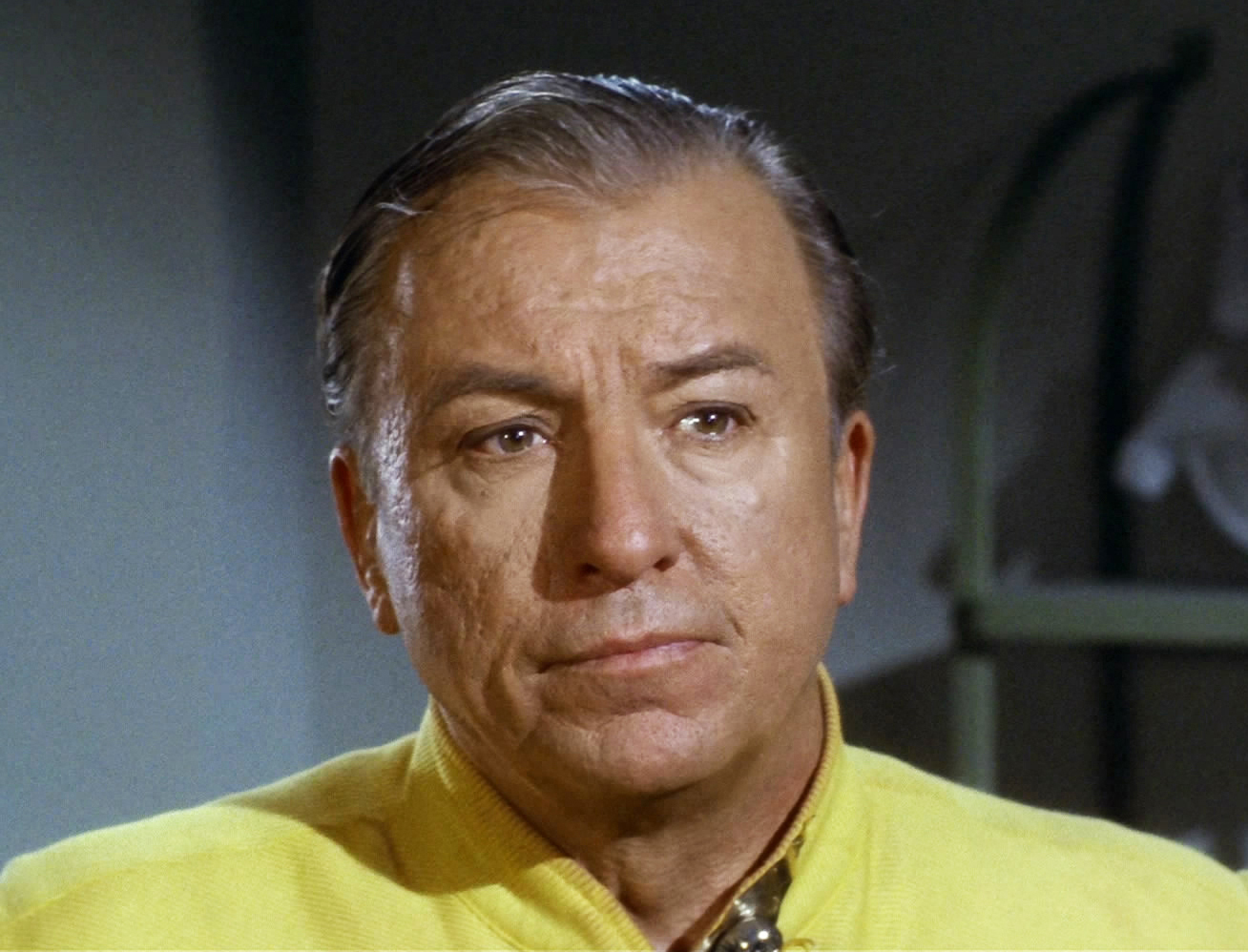Title: Splinter of the Mind's Eye
Author: Alan Dean Foster
 |
| via Wikipedia |
When Alan Dean Foster was signed on to ghost write the novelization of Star Wars, his contract included a second book. Splinter of the Mind's Eye, first published in 1978, was conceived as a low-budget sequel to the first movie if it failed at the box office. Of course, we all know Star Wars was one of the most successful films in history and there was plenty of cash on hand to produce the big-budget masterpiece, The Empire Strikes Back. But as the first full-length novel after the original, Splinter became a cornerstone of Star Wars's Expanded Universe, the enormous body of lower canon material which has been created over the decades since.
Splinter is a Luke and Leia story. Han Solo is never even mentioned by name - Harrison Ford had not yet been signed for a sequel film. Luke and Leia, unexpectedly detoured from a diplomatic mission, find themselves on a quest for the Kaiburr crystal, an object with great power and not fully understood connection with the Force. Naturally, they must get to the crystal before Darth Vader and his minions get ahold of it. Along the way, they make new friends and enemies among the weird and wild creatures that make up The Galaxy Far, Far Away.
George Lucas has, over the years, waffled on the question of whether he knew the entire Star Wars saga from the beginning or if he made it up as he went along. While he did not write Splinter, he did have a lot of control over its content so inconsistencies with the movies are well worth exploring. Luke and Leia are still a way's off from discovering their brother/sister relationship so they are free to test the sexual tension between them. Yes, it's a bit icky when you know what's coming down the line but I, for one, do not believe that Lucas knew he would eventually make them siblings, or even the children of Vader. There is a direct confrontation between Luke, Leia and Vader in Splinter, with a very different result from the duel to come on Bespin.
While I found the original Star Wars novelization a bit of a mess (review here), Splinter of the Mind's Eye is tidier. It's hard to say it's a better book because the story isn't as good but it is a more polished work. Star Wars devotees will find plenty to like and plenty to ponder.
Please join us and share your own review of your best read from the past month. This month's link list is below. I'll keep it open until the end of the day. I'll post March's tomorrow. Meetings are the last Friday of each month. Next gathering is March 28th.


















